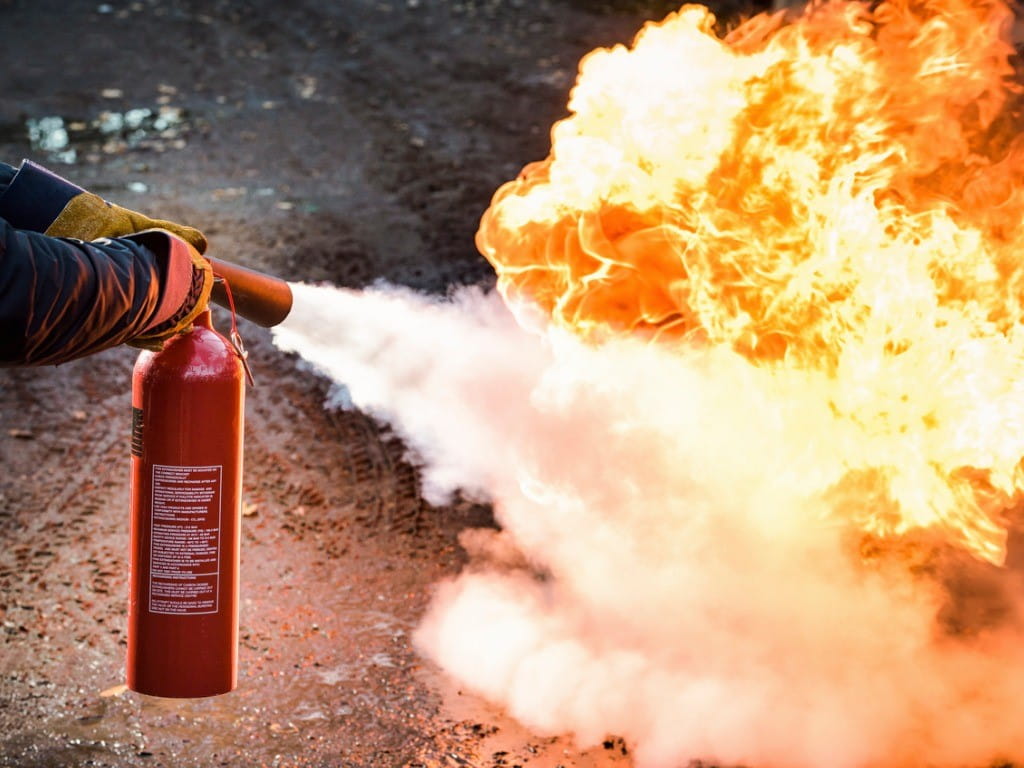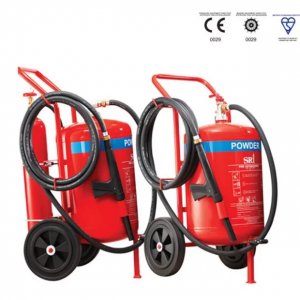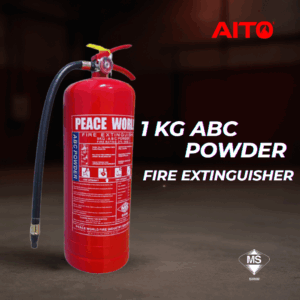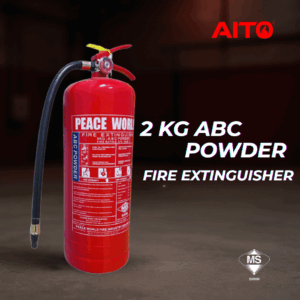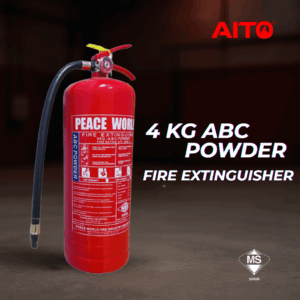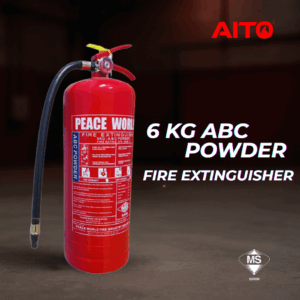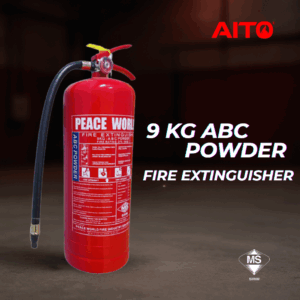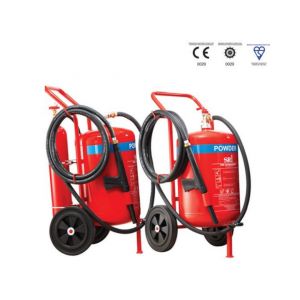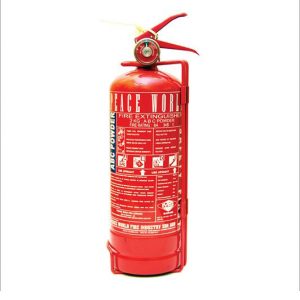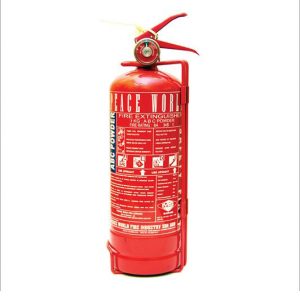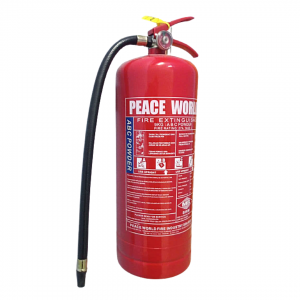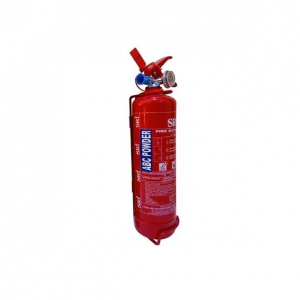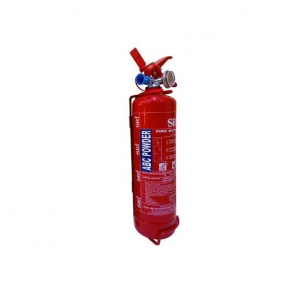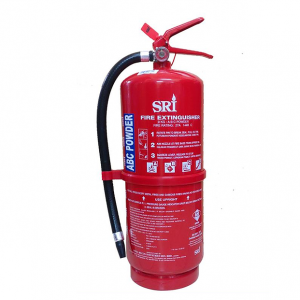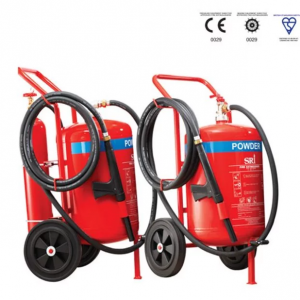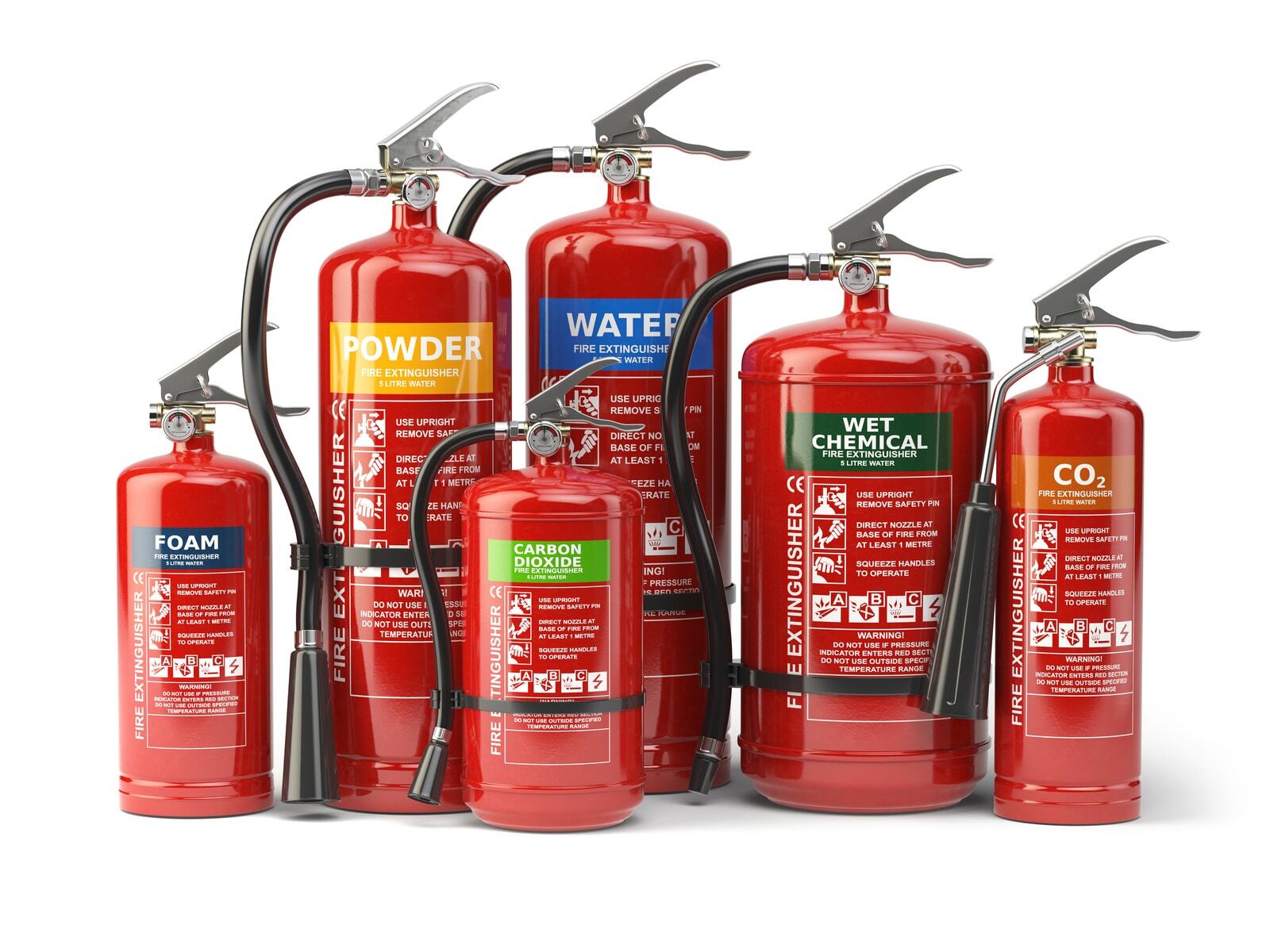
Many people know what a fire extinguisher is, but not everyone knows that each type of fire requires a different extinguisher! Using the wrong one won’t just fail to put out the fire — it could make things worse!
Let’s get to know the five main types of fire extinguishers and their functions
1. Class A – Water
Best for: Solid materials like wood, paper, fabric, and plastics.
Do not use on: Fires involving oil, gas, or electrical equipment.
Example: Fires at home or in offices caused by furniture or paper.
2. Class B – Foam
Best for: Flammable liquids such as petrol, diesel, paint, or oil.
Do not use on: Electrical fires.
Advantage: Forms a foam layer that cuts off oxygen from reaching the fire’s surface.
3. Class C – Dry Powder
Best for: Various types of fires including gas, oil, and electrical fires.
Advantage: The powder smothers the fire and disrupts the chemical reaction of combustion.
Note: Leaves powder residue that must be cleaned up afterward.
4. Class D – Metal Powder
Best for: Fires involving metals like magnesium, titanium, or sodium.
Commonly used in: Laboratories, factories, or heavy industrial areas.
Warning: Never use water or foam — it can cause explosions!
5. Class E/K – CO₂ (Carbon Dioxide)
Best for: Electrical fires and small fires involving oil or gas.
Advantage: Leaves no residue, making it ideal for server rooms, computers, or offices.
Caution: Avoid using in enclosed spaces as CO₂ can reduce oxygen levels.
In Summary:
Each fire extinguisher is designed for a specific type of fire. Always identify the fire class before using an extinguisher! Most importantly, regularly check the expiry date and pressure gauge of fire extinguishers at home or at work.
Remember: This simple knowledge can save lives and property!
Get more information about fire extinguisher today.
Contact our team at 03-7831 4791 , browse our website at www.aito.com.my or email [email protected] for expert assistance.

